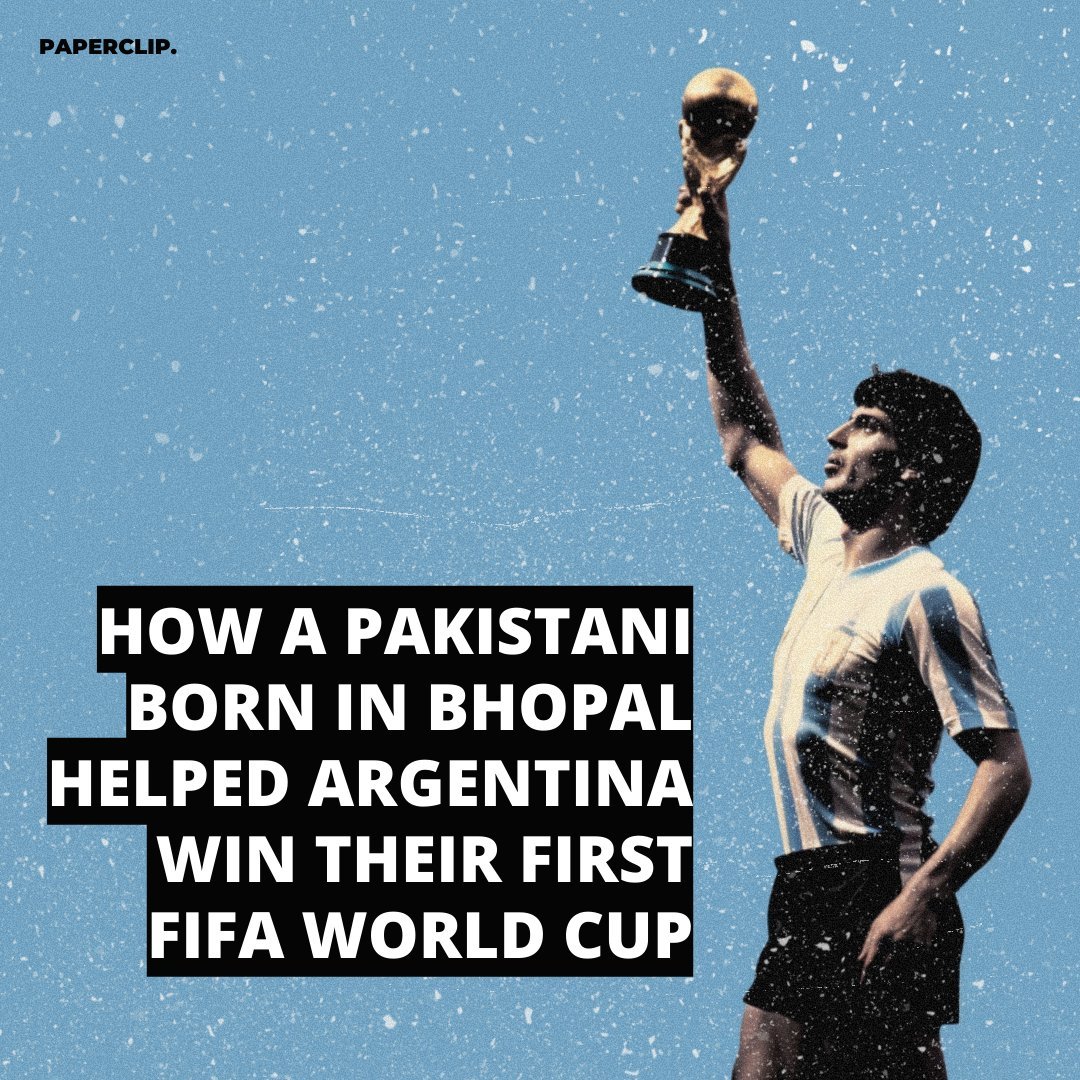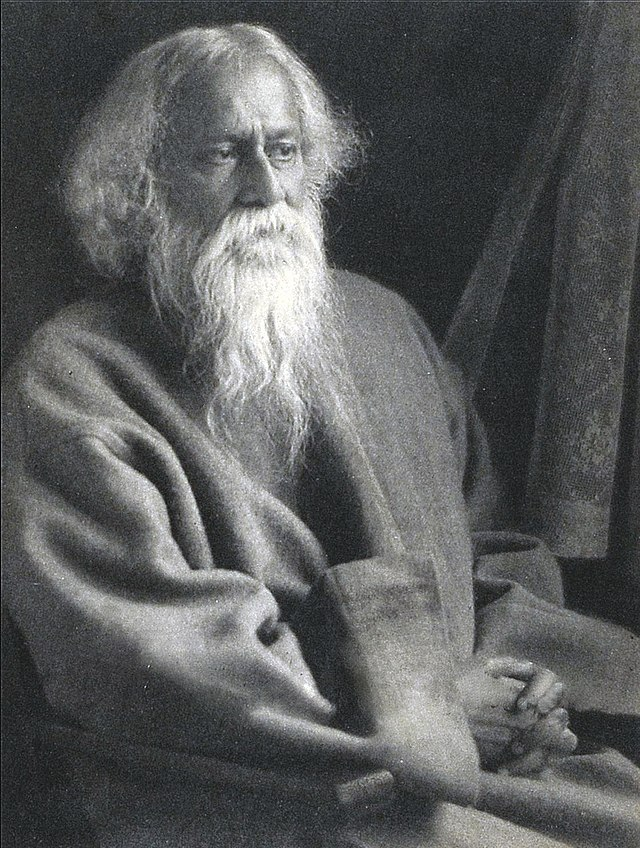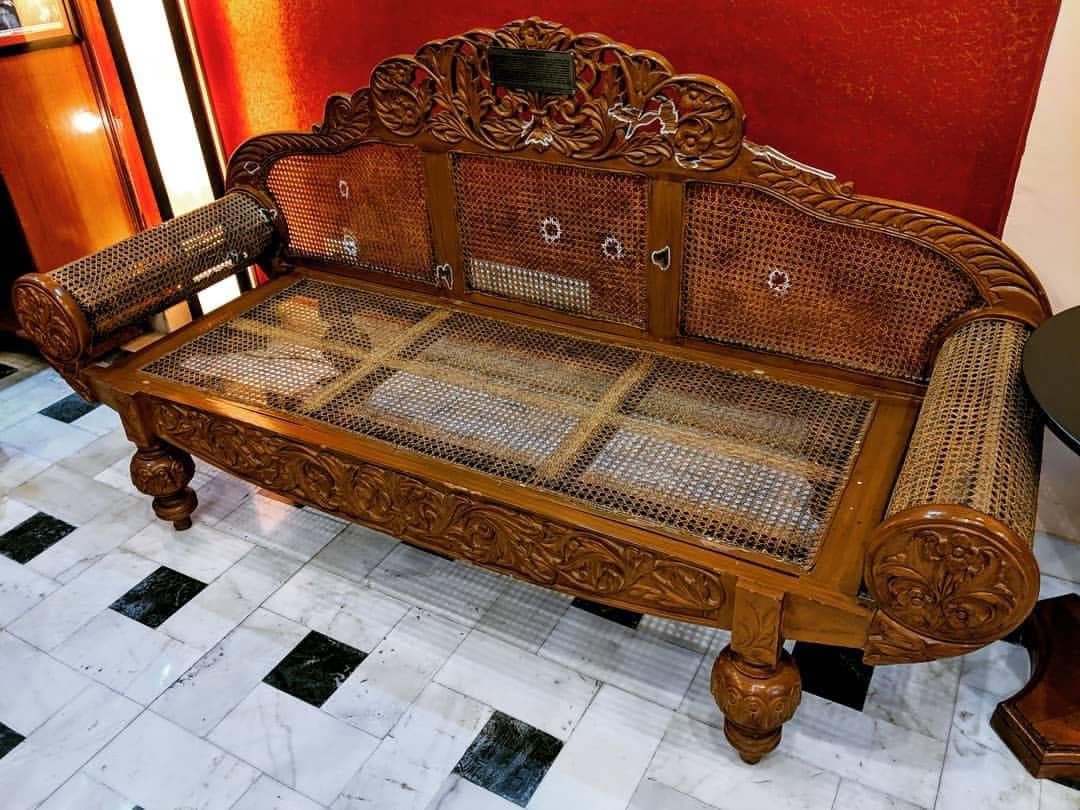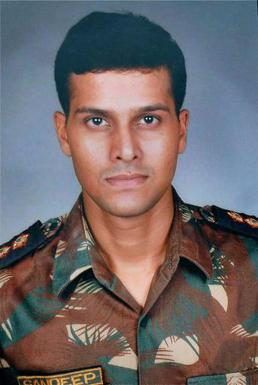Paperclip's Believe or Not: It was a September morning 107 years ago. 3 British armored cruisers were patrolling in the southern North Sea off the Dutch coast. 15-year old Wenman Wykeham-Musgrave was a midshipman on board the HMS Aboukir (1/n) 

At 6:20, his ship was hit by a torpedo from the German U-boat U9 and sank. Wykeham-Musgrave jumped into the sea and narrowly escaped the suctions of the doomed vessel. He was rescued by one of the other ships: HMS Hogue. (2/n) 

He was barely on board when Hogue was also struck by 2 torpedoes at 6:55 am. 20 minutes later, she sank. Wykeham-Musgrave again jumped into the waters and swam to the only remaining ship, the HMS Cressy. At 7:20, Cressy was also torpedoed. (3/n) 

15 minutes later, U9 hit it again sending Cressy also to its death. Wykeham-Musgrave was back in the water, for the 3rd time in little over an hour. He found a piece of driftwood, fell unconscious but somehow hung on to it. (4/n) 

He was rescued by a Dutch fishing trawler. In all, 1397 men and 62 officers were killed. Wykeham-Musgrave is believed to be the only sailor who experienced all 3 torpedo hits but still survived. He resumed his duty and lived through the war (5/n) 

In 1939, he rejoined the Royal Navy for service in WWII and retired as a Commander. (6/n)
• • •
Missing some Tweet in this thread? You can try to
force a refresh













